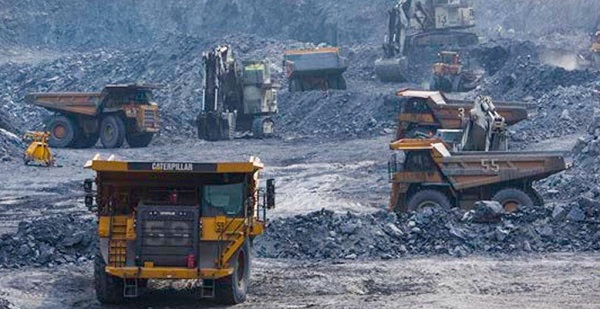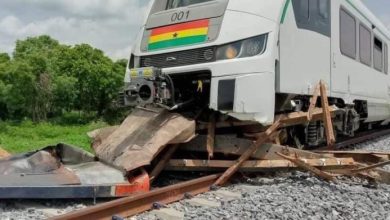Turnaround of Bogoso Prestea Mine on course: Injects $25 million capital in 2022

The Bogoso Prestea Mines (BPR) has made some significant strides towards the turnaround of the mines which has been making loses in the last five years.
In a quest to revive the fortunes of the mines, the new owners, Future Global Resources (FGR) has embarked on a surface mining campaign and successfully managed to increase its active mining from 10,000 tonnes per month to 60,000 tonnes per month in 2021.
Briefing some selected editors and journalists on the activities of the company, the Chief Operating Officer (COO) of FGR, Mr Adam Clode, said the plan was to increase this to 100,000 tonnes per month in the first half of 2022.
He said this planned expansion of open pit operations was expected to create additional employment opportunities, especially for residents in its host community.
He noted that the strategic decisions that had been made so far by FGR and its parent company, Blue International (Blue) had started to yield results and reflected positively in the financial bottom line, as well as in safety.
“The all-in sustaining costs (AISC), which stood at $3,230 per oz at the time of purchase of the mine, has reduced drastically to US$1,365 per oz. For the first time in five years, BPM is now cash flow positive.
“The safety statistics also tell a very positive story, from a Lost Time Injury Frequency Rate (LTIFR) of 13.01 in 2019, to 2.08 in 2021. These positive changes have been possible on the back of substantial investments,” he stated.
Mr Clode said Blue, through FGR, had invested over $23 million in exploration, equipment, and in other aspects of the business within the past 15 months, with an additional planned capital injection of $25 million in 2022.
He said part of the $25 million investment would go into refractory metallurgical study which many believed would define the future of the entire Bogoso Prestea operations.
He disclosed that an end-to-end refractory project would cost over $300 million, an amount he said Blue International was prepared to make if the study confirmed the economic viability of the refractory resource.
Social licence
The COO also mentioned that the company recognised the importance of maintaining its social licence to operate, through constructive and transparent engagement with its host communities, as well as being a catalyst for economic prosperity through local employment, social investment.
To this end, he said the company during the recent explosion that decimated the Appiatse community was one of the first responders on the scene, deploying the mine’s rescue teams, fire trucks, providing evacuation support, and playing an active role in the creation of an alternate access route for commuters whose movements were immediately curtailed by the presence of a crater in the highway, caused by the explosion.
“Future Global Resources Bogoso Prestea Limited (FGRBPL) is pursuing an ambitious plan, underpinned by its values of determination, collaboration and innovation, as well as its belief in creating multi-generational wealth for stakeholders through responsible resource extraction,” he stated.
Background
BPM had been a loss-making entity in the last five years, under the ownership and operational control of the previous owners, with an anticipated eventual shut-down and the associated negative impacts on the local communities, as well as the national economy and security.
In October 2020, however, the mine was purchased by FGR, which is owned by Blue International (Blue). Headquartered in the United Kingdom (UK), and with other business interests in sub-Saharan Africa, Blue focuses on investing in and developing long-term assets in sub-Saharan Africa, by injecting the needed capital and introducing the required operational efficiencies to generate multi-generational wealth for the benefit of local communities, governments, and shareholders.
With this vision, BPM was acquired, amid uncertainty and anxiety from some stakeholders about the future of the mine.
Mr Clode said while others saw BPM as a failing mining operation destined for total collapse or, at best, care and maintenance, Blue and FGR saw a mine with tremendous potential and a technically capable workforce.
While admitting that the transformation of the mine would not be a walk in the park, he said FGR was committed to the turnaround process.
“The operation was debt-laden and had been starved of investment, particularly for exploration, for years. With the acquisition, FGR also inherited a mine with an unsustainably high operational cost, and less-than-reported underground resource.
“From 2016 to 2020, under the previous ownership, the mine lost US$80million. The all-in-sustainable cost (AISC), at the time FGR purchased BPM, was almost twice the gold price, meaning that each ounce of gold was produced at a loss, further worsening the mine’s financial health,” he stated.





